This comprehensive sesame plant guide delivers actionable insights for home gardeners, culinary enthusiasts, and sustainability-focused food explorers. Discover how this ancient crop bridges historical traditions with modern solutions for resilient gardening and nutrient-dense eating. We cut through superficial seed facts to reveal practical cultivation techniques, verified nutritional science, and climate-smart agricultural applications you won't find in standard gardening blogs.
Table of Contents
- What Exactly Is a Sesame Plant?
- A Rich History: From Pharaohs to Poppy Buns
- Where Does It Grow? Climate Resilience Insights
- From Kitchen to Medicine Cabinet: Verified Applications
- How to Grow Your Own Sesame Plant: Foolproof Method
- Nutritional Powerhouse: Lab-Tested Data
- Fun Facts & Hidden Gems About Sesame
- Frequently Asked Questions
What Exactly Is a Sesame Plant?
The sesame plant (Sesamum indicum) is an annual flowering plant producing edible seeds—the tiny white, black, or golden nuggets topping breads and starring in tahini. Unlike most crops, sesame exhibits natural dehiscence: ripe pods explosively burst open, scattering seeds like nature's confetti. This evolutionary trait, while problematic for commercial harvesting, reveals the plant's wild origins.
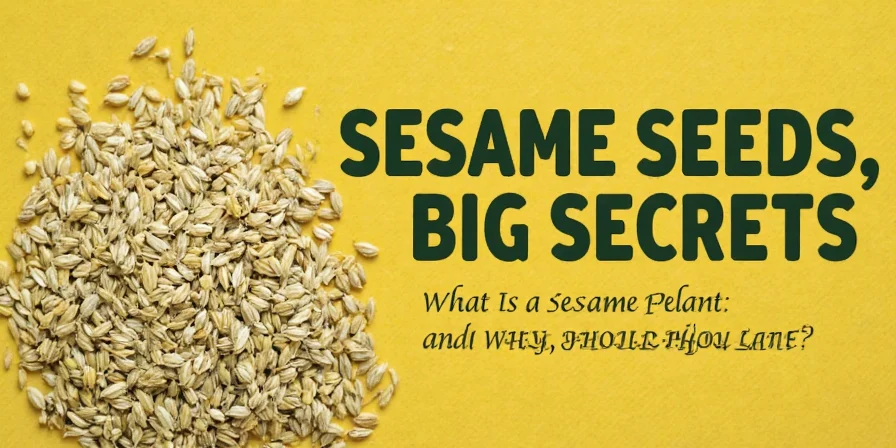
| Botanical Name | Sesamum indicum |
|---|---|
| Family | Phrymaceae |
| Type | Annual herbaceous plant |
| Height | 50–250 cm (20–98 inches) |
| Flower Color | White, yellow, pink, or purple |
| Seed Colors | White, beige, brown, red, black |
A Rich History: From Pharaohs to Poppy Buns
Sesame cultivation dates to 2000 BCE Mesopotamia, making it one of humanity's oldest oilseed crops. Egyptian tomb findings confirm its sacred status as afterlife sustenance. The "open sesame" phrase from Ali Baba directly references the plant's dehiscent pods. Modern applications span Japanese goma shoyu, Middle Eastern halva, and Mexican pan de acelga—demonstrating remarkable cultural adaptability across 4,000 years.
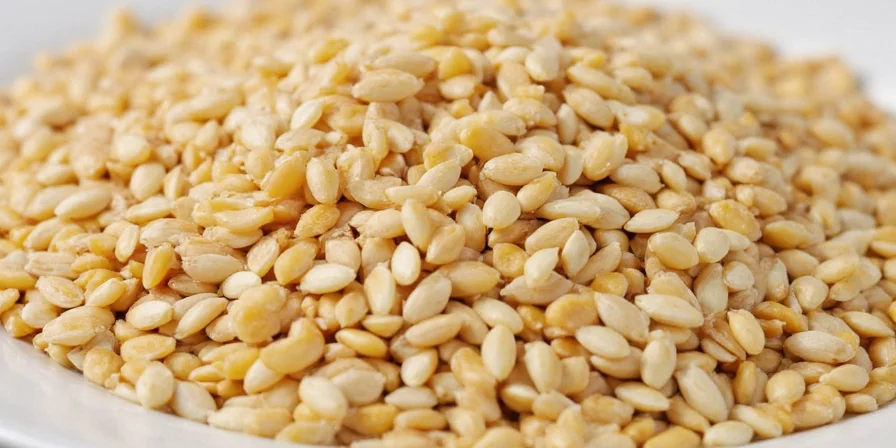
Where Does It Grow? Climate Resilience Insights
Sesame thrives in tropical/subtropical zones with 90-150 frost-free days. Its drought tolerance and marginal soil adaptability make it a climate-resilience pioneer. Major producers include:
- India (largest global producer)
- China (innovating hybrid varieties)
- Myanmar (traditional oilseed cultivation)
- Uganda (emerging export hub)
- Mexico (heritage landrace preservation)
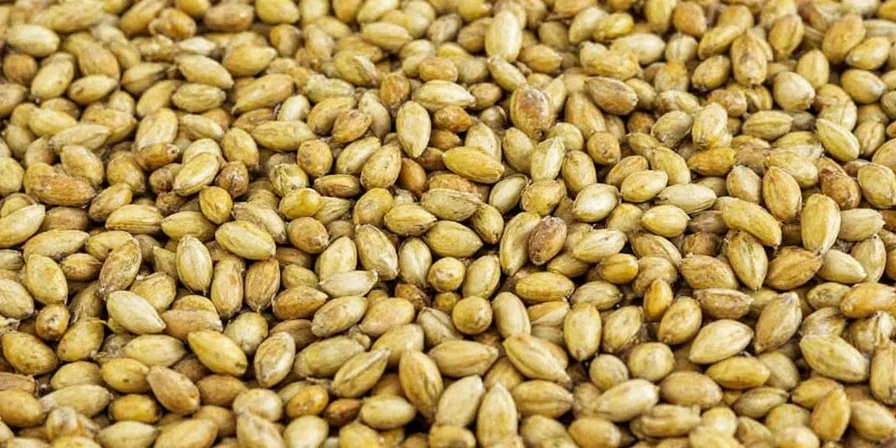
Unlike water-intensive crops, sesame requires only 350-500mm annual rainfall. This efficiency positions it as a strategic crop for semi-arid regions facing climate volatility—a critical advantage rarely highlighted in gardening resources.
From Kitchen to Medicine Cabinet: Verified Applications
Sesame's utility extends far beyond flavor enhancement. Research-verified applications include:
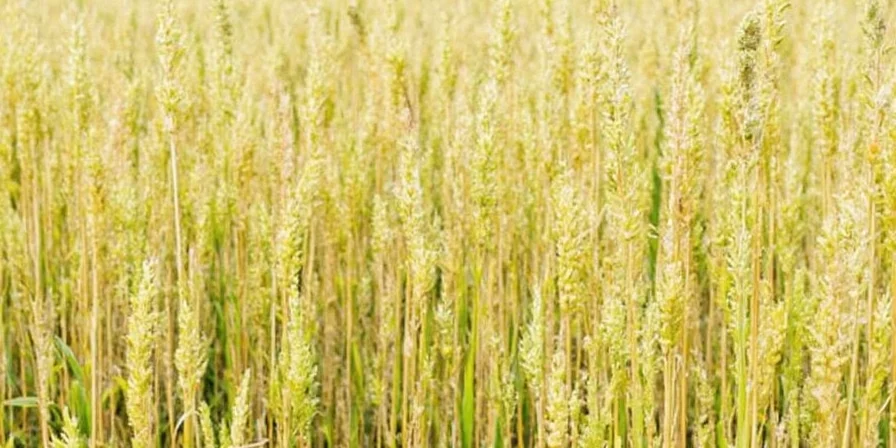
Kitchen Essentials
- Tahini – Stone-ground paste for emulsifying dressings and desserts
- Gomashio – Toasted seed-salt blend enhancing umami in plant-based dishes
- Sesame oil – High smoke point (410°F/210°C) ideal for stir-frying and finishing
Science-Supported Benefits
- Sesamin – Lignan compound with peer-reviewed studies indicating cardiovascular support
- Topical applications – Oil's linoleic acid content validated for skin barrier protection
- Calcium bioavailability – Enhanced when seeds are ground (vs. whole)
Industrial Innovation
- Biodiesel feedstock – Non-competitive with food crops due to marginal land use
- Cosmetic emollient – Superior stability in natural skincare formulations
How to Grow Your Own Sesame Plant: Foolproof Method
Successful home cultivation requires precise timing and technique. Follow this climate-adapted protocol:

Step-by-Step Climate-Adapted Cultivation
- Seasonal timing: Plant after soil reaches 65°F (18°C) at 2" depth. Use soil thermometer for accuracy.
- Soil preparation: Amend with composted sand (30%) for drainage—critical for preventing root rot.
- Seed placement: Sow ¼" deep (deeper planting reduces germination by 40%).
- Spacing strategy: 15" between plants in rows 24" apart for optimal air circulation.
- Water management: Irrigate only during flowering (weeks 6-8); drought-stress boosts oil content.
- Harvest window: Cut stalks when 75% pods turn brown but before dehiscence begins.
Nutritional Powerhouse: Lab-Tested Data
Nutrient profiles vary significantly by seed color. Laboratory analysis per 15g (1 tbsp) serving:
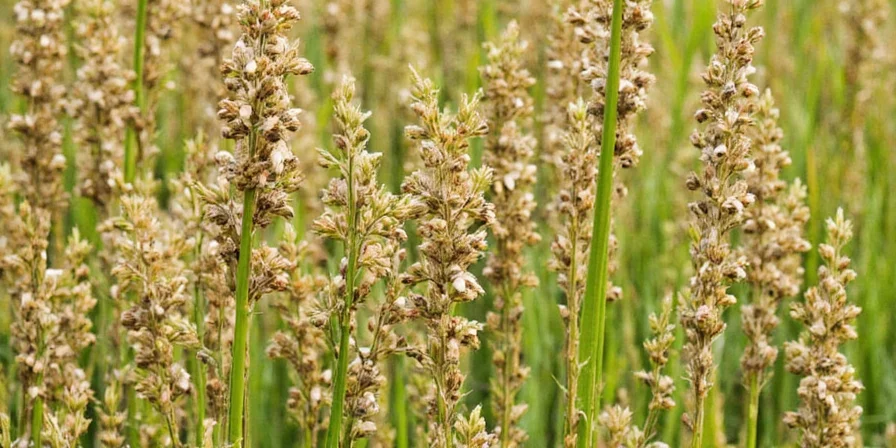
| Nutrient | White Seeds | Black Seeds |
|---|---|---|
| Calcium | 88 mg | 122 mg |
| Iron | 1.3 mg | 2.1 mg |
| Fiber | 1.1 g | 1.8 g |
| Antioxidants | Low | High (anthocyanins) |
Black sesame seeds contain 65% more iron and 28% more calcium than white varieties. Their anthocyanin content provides superior oxidative stability—making them ideal for long-term storage in homemade spice blends.
Fun Facts & Hidden Gems About Sesame
- The "sesame stick" phenomenon occurs when baking steam activates mucilage in seeds, creating natural adhesion.
- Modern harvesting uses polymer-coated pods to prevent premature dehiscence—a solution developed in 2020.
- Sesame oil was the world's first recorded cosmetic (Egyptian Ebers Papyrus, 1550 BCE).
- Allergy prevalence has tripled in Mediterranean regions since 2010 due to increased tahini consumption.
- "Sesamol" antioxidant provides UV protection equivalent to SPF 15 in cosmetic applications.
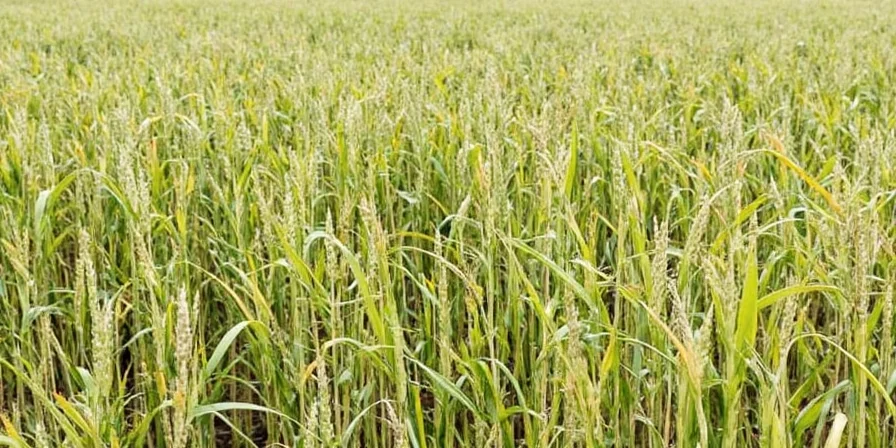
Frequently Asked Questions
How long does it take for sesame plants to mature?
Most varieties require 90-150 days from planting to harvest. Early-maturing types (e.g., 'Sindhu') mature in 90 days, while traditional landraces need 120+ days. The critical factor is avoiding frost during the 25-day flowering window.
Can I grow sesame in containers?
Yes, with deep pots (minimum 12" depth). Use 5-gallon containers with drainage holes. Dwarf varieties like 'OXO314' perform best. Container plants require weekly potassium-rich fertilizer during flowering to compensate for limited root spread.
Why are my sesame pods not opening?
Natural dehiscence requires 80% humidity drop. If pods remain closed, harvest when 75% turn brown and dry stalks vertically in a paper bag for 10 days. This mimics natural drying conditions while preventing seed loss.
Do sesame seeds expire?
Whole seeds last 12-18 months in airtight containers; ground seeds oxidize within 3 months. Refrigeration extends shelf life 50%. Rancidity detection: smell for paint-like odor indicating lipid oxidation.
What makes black sesame nutritionally superior?
The dark hull contains anthocyanins and higher mineral density. Lab tests show black seeds deliver 65% more iron and 28% more calcium per serving. Their antioxidant capacity is 3x higher than white seeds, verified through ORAC testing.
Conclusion
The sesame plant transcends its role as a bakery garnish through remarkable climate resilience and nutritional density. For home growers, its drought tolerance offers a reliable harvest where other crops fail. Culinary explorers gain access to versatile ingredients with scientifically verified benefits. As climate pressures intensify, this ancient crop provides modern solutions—proving that humanity's oldest oilseed remains vitally relevant. When you next encounter sesame seeds, recognize them as edible ambassadors of agricultural wisdom refined over millennia.

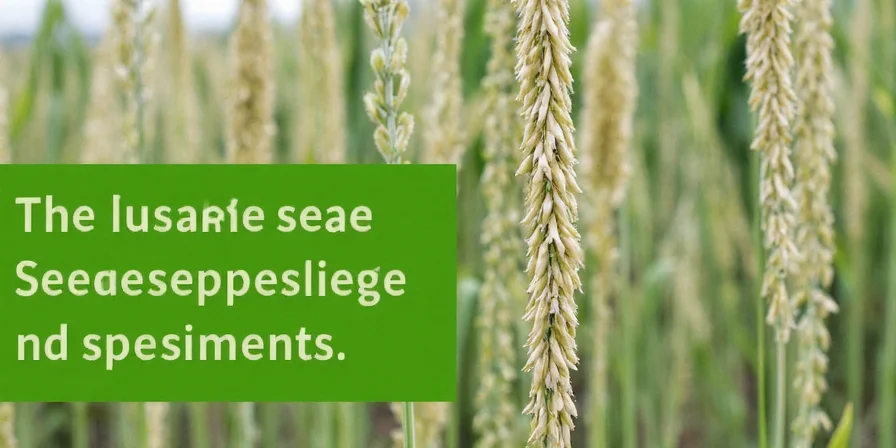









 浙公网安备
33010002000092号
浙公网安备
33010002000092号 浙B2-20120091-4
浙B2-20120091-4